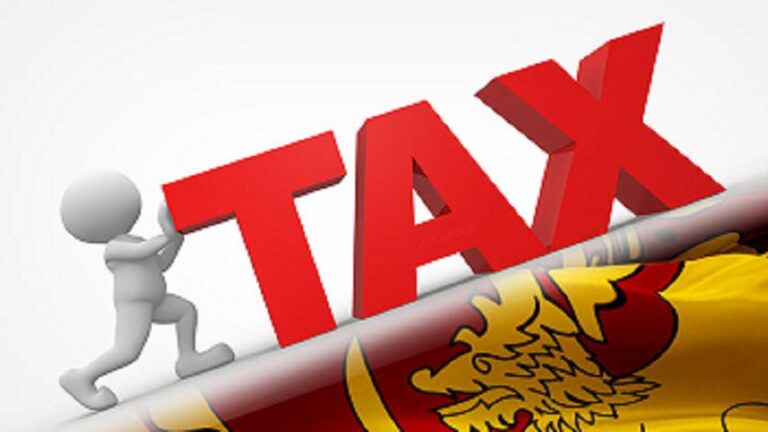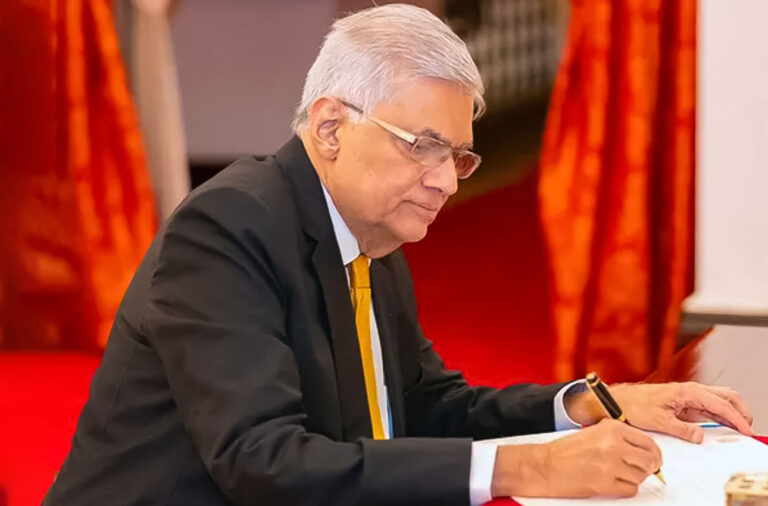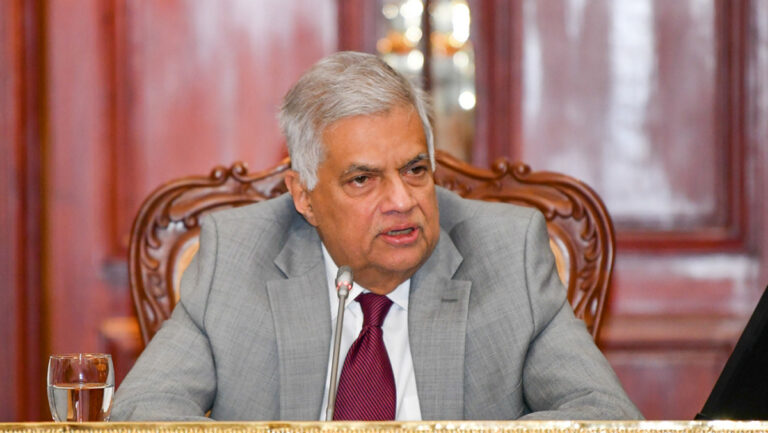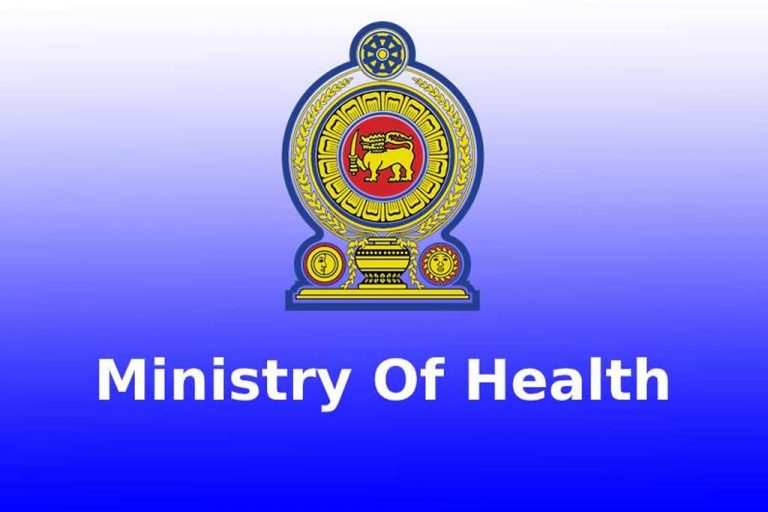A comprehensive financial package has been formulated to support micro, small, and medium-scale enterprises (MSMEs) in Sri Lanka.
This initiative, introduced on the directions of President Ranil Wickremasinghe aims to revitalize MSMEs by providing investment and working capital, particularly to those affected by the Covid-19 pandemic and the 2022 economic crisis.
President Wickremesinghe emphasized the importance of strengthening MSMEs for the country’s progress, noting that small and medium-scale entrepreneurs were the most affected by the recent economic collapse.
The government is prioritizing their recovery and has announced the establishment of a National Development Bank to provide necessary capital to MSMEs.
A detailed analysis reveals a significant employment reduction in non-agricultural MSMEs. From employing 2,796,600 people in 2018, the number decreased by 8.8% to 2,551,200 in 2022, resulting in a loss of 245,400 jobs.
The economic crises have severely impacted MSME employment, emphasizing critical challenges in debt management and access to finance.
Effective debt management strategies and improved financial resource access are essential for the sustainability and growth of these enterprises.
The reliance on banks highlights the importance of formal financial systems, while the varied dependence on other financial institutions and money lenders reflects the diverse financing needs and challenges different enterprise sizes face.
The data suggests enhancing financial resilience and adaptability is crucial for MSMEs to navigate economic uncertainties successfully.
The financial package involves 15 participating financial institutions, including Licensed Commercial Banks and Licensed Specialized Banks, offering loans at subsidized interest rates to support MSMEs that have maintained operations despite the ongoing crisis.
These loans are categorized into two main types: support for MSMEs and assistance for MSMEs with non-performing loans.
The Ministry of Industries will issue recommendation letters to eligible MSMEs requiring financial support with the potential to upgrade their businesses.
The Micro, Small, and Medium Enterprises Strengthening Investment Loan scheme offers loans at a concessional interest rate of 7% for ten years, with a maximum limit of Rs. 15 million. A total of Rs. 13 billion has been allocated for this scheme.
For MSMEs under the non-performing loans category, a working capital loan of up to Rs. 5 million is provided for five years at an interest rate of 8%.
The total allocated amount for this initiative is Rs. 5 billion. Participating financial institutions include Bank of Ceylon, People’s Bank, Regional Development Bank, State Mortgage and Investment Bank, Hatton National Bank, Seylan Bank, Sampath Bank, Commercial Bank, DFCC Bank, National Development Bank, Nations Trust Bank, Sanasa Development Bank Ltd., Union Bank, Pan Asia Bank, and Cargills Bank.
Special attention is given to sectors such as agriculture, tourism, manufacturing, technical and export-oriented industries, and women-led MSMEs (excluding trading, leasing, and business rental) that require working capital financing.











